On average, humans sleep 8 hours a night, which equates to 229,961 XNUMX hours during their lifetime, or more simply - a third of our lives. Sleep regenerates the body and the rest it provides preserves its vitality. It is also nice, like sliding softly down on a comfortable cloud to end the day. Sleep provides comfort and serenity, but they are the ones who will tell us how we may not be alone every time we go to bed!
Meet the sleep monsters from around the world!
Cultures around the world have had theories, folk beliefs and conjectures about why we are sometimes interrupted in our sleep at night:sleep monsters in the dark! These supernatural and mythical creatures visit us when we sleep, and there may be some parallels in how the human imagination has portrayed them across different cultures!
Batibat or Bangungot in the Philippines
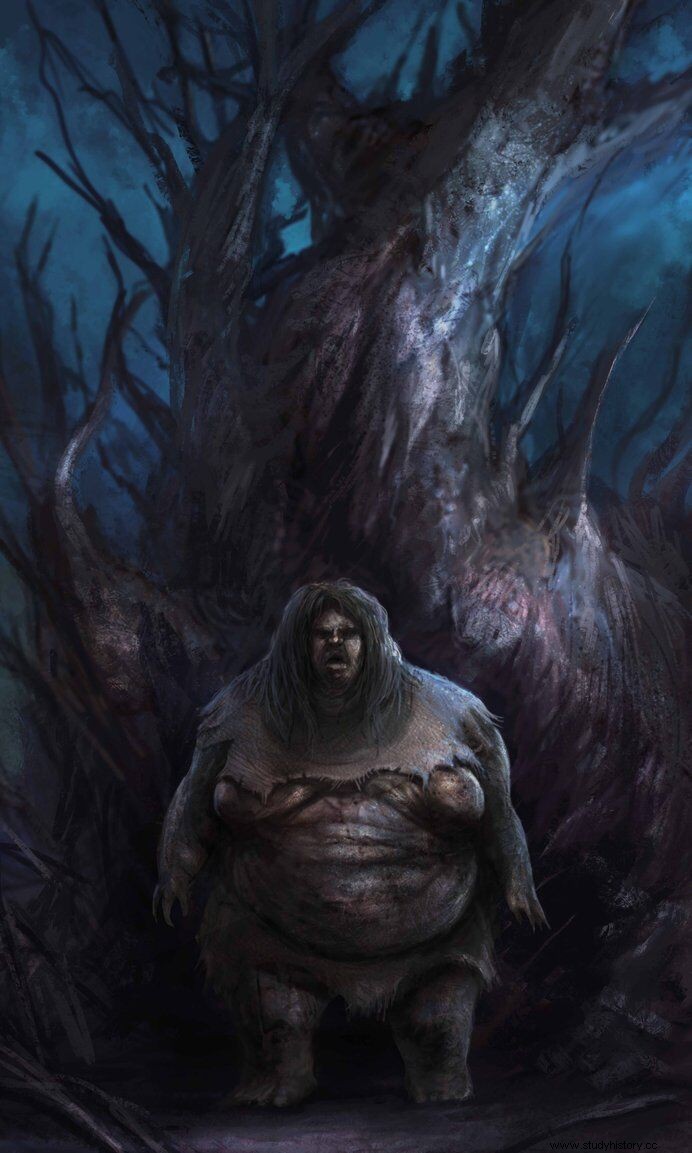
Batibat is part of Llocano folklore and known as Bangungot in Tagalog folklore - both in the Philippines - and refers to a mythical creature who takes the form of a grotesque, ancient, overweight, female spirit living in the trees. It is believed that they appear when a tree they have lived in is cut down and they become homeless. This is especially true when Batibat's wood, or parts of it, are made into a wooden support post for a house. The batibate inhabits this rest of the tree, or what it has been transformed into. If a person sleeps too close to it, it takes its true form and haunts the person's dream landscape, suffocating and paralyzing them. It can even cause you to wake up nightmares throughout the day. Folklore suggests wiggling your toes or biting your thumb when they know a Batibat has come after them.
Incubus and Succubus
Incubus is a male spirit demon who, as legend has it, looks for sexual encounters with women while sleeping, sometimes producing a baby. Succubus is the female spirit demon's counterpart to Incubus, who will look for sexual encounters with men. The word Incubus comes from the Latin derivatives of " nightmare ", which refers to a nightmare caused by a demon, and" incubated ", which means" to lie on ". The word Succubus in turn is derived from the Latin words" succuba ", which refers to a pararmour, and" succubare ", which means" to lie under ". The myths about Incubus and Succubus originated in traditional societies, and also warned about how recurring encounters with Incubus and Succubus can lead to deterioration of physical as well as mental health, and sometimes even death. It is believed that moving the affected person to another location and carrying out an exorcism can help with these attacks.
The earliest mention of Incubus and Succubus takes place in Mesopotamia around 2400 BC, where Lilu is a male spirit demon and Lilin is the counterpart of the female spirit demon. It is interesting to note here that this Babylonian mythological concept of Lilu (and Lilin) has a resemblance and a kind of resonance with the Talmudic mythological concept Lilith. Lilith was a female demon, and also Adam's first wife. Succubus is mentioned in Talmudic mystical lore, and the story goes that it was Lilith who later became a succubus. There are other succubi than Lilith too, in folklore. Lilith leaves Adam and continues to later mate with the archangel Samael. Succubi are believed to take the form of a "beautiful young virgin" with a catch:they have a certain bodily deformity that matches their beauty, such as a serpentine tail or claws for fingers or toes.
Incubi and Succubi were first discussed in the Christian tradition when St. Augustine acknowledged the large number of attacks by these demons on many trustworthy people. Eight centuries would pass before Thomas Aquinas - without denying such attacks - would make it clear that babies at least cannot arise as a result of sexual relations with a demon, for a baby is a result of humans having such relations with each other, and this would confirm that these babies have souls - for they are human babies. Some other theories followed. Another claimed that Incubus and Succubus were in fact the same spirit demon, who would exchange their forms, thus collecting materials from a man as a Succubus and then transferring them to a woman as an Incubus. These babies were at this time considered supernatural. To further complicate the development of this myth, it is believed that sometimes Incubi can also become pregnant, and these babies born of a demon spirit and a human are called a "cambion". Cambians were thought to have physical deformities or proximity to the supernatural.
Baku in Japan
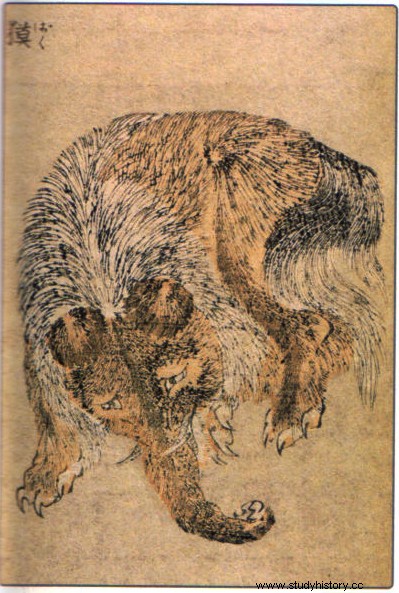
Baku is a supernatural being in Japanese folklore who devours dreams. Baku is known to have been a part of Japanese folklore since at least the Muromachi period, which lasted from the 14th to the 15th century. It is claimed that it probably originates from the counterpart in Chinese folklore:the mo. At the same time as mo had been the standard name for Giant Panda in China from the 3rd century (BC) to the 19th century (AD), the mythological records use the name "mo" to refer to a mythological creature - a chimera with rhinoceros eyes, an elephant's beak , tiger paws and a tail like a cow. The earliest mention of this chimeric mo in Chinese written records appears in the poetry of Bai Juyi from the Tang Dynasty from the 9th century. A Japanese manuscript, the Sankai Ibutsu , from the early 17th century places the baku to be a Chinese mythological chimera with rhinoceros eyes, an elephant 's beak, tiger paws and a tail like an ox. Bakuen is described as a shy creature that would give humans protection from evil. In this manuscript, however, baku is not related to having the ability to eat dreams. In the 18th century - more specifically 1791 - an illustration of a Japanese block of wood depicted a dream-swallowing baku with the head, trunk and tusks of an elephant, the claws of a tiger and horns on its head. A baku with the head, trunk and tusks of an elephant is the characteristic depiction of a baku found in the illustrations from the pre-Meiji period (the classical era).
Legend has it that when the gods finished creating all the other animals, they created baku from the remains. Also, according to legend, a person or a child who has been awakened from sleep may ask a baku to eat away their terrible dreams. Bakuen does, and the person or child can return to sleep peacefully. However, one is warned not to visit the bakue too often, because there is always a risk that the bakue will stay longer. It is said that every time a baku lives on dreams, there is a chance that he will get hungry for even more. Since it has eaten away the terrible dreams, it can begin to feed on the person's desires and hopes, thus leaving them to live a remember-like life afterwards. It was also believed that a talisman of a baku by the bed could help make this call to the baku and the connection with it stronger:around the 1910s, children in Japan kept a baku talisman at the bedside table, and sometimes even called on . bakuen to protect them from nightmares even before they fall asleep.
Liderc in Hungary
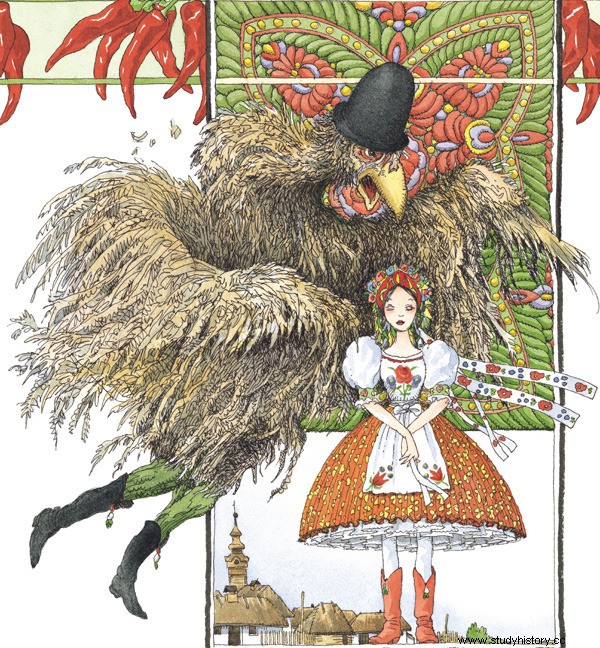
Liderc is a term used to refer to a set of supernatural beings in Hungary. Three of the most famous are the miracle chicken, the dwarf or the little devil and the devil lover. The miracle chicken liderc is born from the first egg laid by a black hen put in the arms of a human. Out comes a chicken, and in some versions a ghost-like snake. This liderc then takes the form of a man or a woman to be a lover of the human owner. However, Liderc requires that humans feed them with blood from the breast until humans eventually become so weak that they die. In some versions, liderc sits on the human chest to feed itself. The Hungarian word for nightmare, " lidercnyomer ", which translated means" liderc pressure ", derives from this mythical detail. A human being can get rid of such a liderc by persuading it to complete an impossible task, such as aiming the water in an ocean, or collecting sand by attaching the dwarf or the little devil-liderc can be a useful as well as a destructive liderc. It can also be born out of an egg from a black hen, or more often, be stumbled upon in bottles, boxes, rags and pockets with old clothes where it likes to live.This liderc, when and if useful, privdes also help in the form of making his man very rich by hoarding gold.
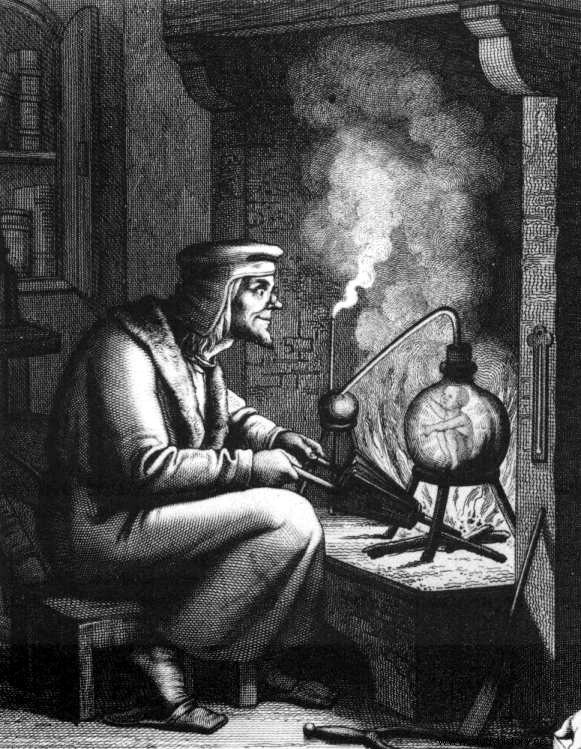
The satanic lover, or devil lover, can fly like a burning candle at night or a firebird. When it lands, it takes the form of a man or woman, depending on the person it is looking for, and always appears as a most regretted dead or lost lover or partner. It enters a house through a chimney or keyhole, and brings illness, heartbreak and eventually death to that person. In some versions, this liderc, even if it looks like a man or a woman, has the feet of a goose. In other versions, this lidercen has human feet, but the footprints are those of a horse. The satanic lover-liderc, like the miracle chicken liderc, also causes the person terrible nightmares. The rooster's first crow at dawn though, and this liderc is gone. If you want to prevent this liderc from entering your home at night, you can burn incense and branches from a birch tree at night.
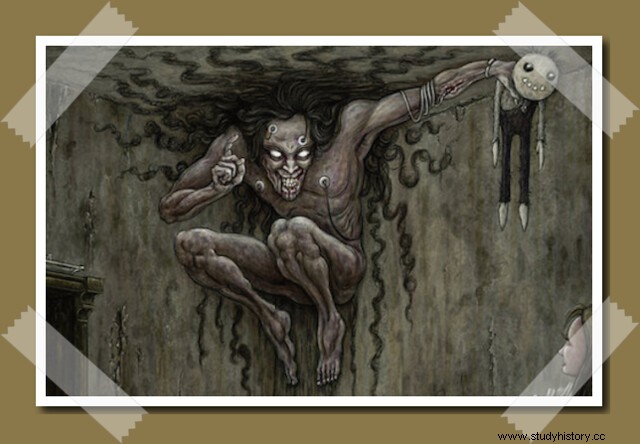
The scientific lens
One can be hasty in discrediting this folk belief, attributing to them a time long ago or a people who are not on a par with the times. You may think that these are stories far removed from the culture you grew up and live in. However, there is an acute resemblance between some of these stories and the stories of abductions from aliens told by many. Abduction of aliens is the phenomenon of humans telling about their experience of being kidnapped by all kinds of extraterrestrial beings and then being subjected to experiments on mind and body, before being returned to Earth.
If we look for what science has to say about these different, but in many ways, similar experiences and perceptions, theories abound. As with alien abductions, many of these experiences have been attributed to sleep paralysis and hallucinations. Sleep paralysis is a physical condition in which the person experiences an inability to speak or move, and it occurs while falling asleep or waking up. Under such a condition, hallucinations (auditory, visual and tactile) are common, and these in turn induce a greater feeling of fear in the person. These episodes can last from a few to a few minutes. Some of the factors that can contribute to the onset of an episode of sleep paralysis include severe stress, lack of sleep and abnormal cycles of our body that go into the state of being asleep and the state of being awake. There are some other biological and neurological conditions, such as atonic seizures and narcolepsy, that are known to cause a physical condition similar to that of sleep paralysis.
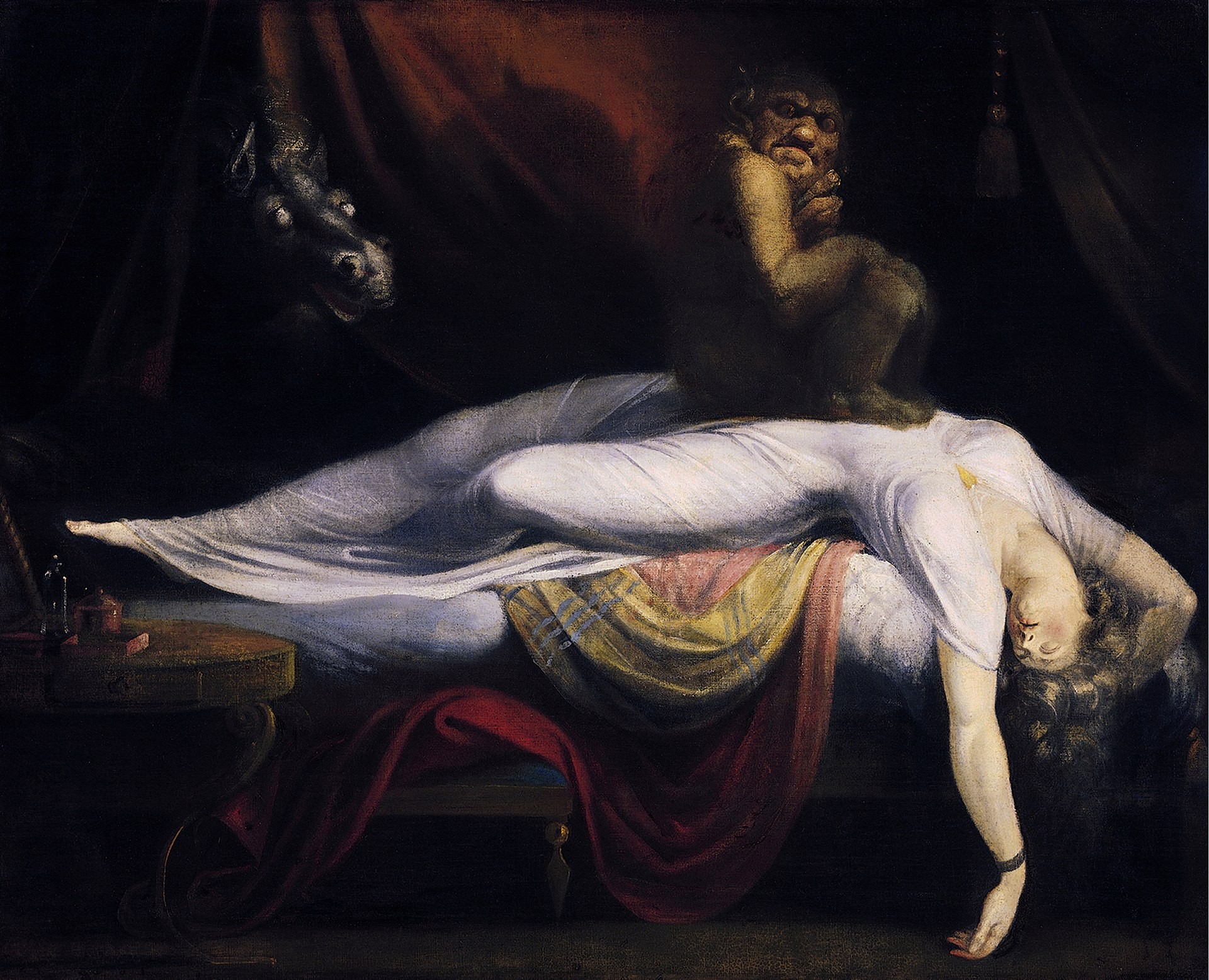
The Anthropological Lens
However, according to Karl Popper and his law of forgery from the realm of science, if you can not prove the existence of something, it does not automatically mean that it does not exist. You must also refute its existence. When it comes to these sleep monsters, we still have a lot of people telling us about their encounters with them! So can we be sure they do not exist? Science aside, what does anthropology have to say about any of these sleep monsters and how do we take them? Anthropology would try not to find out if they exist or not, but rather the shapes of each monster that have taken shape in our minds. The focus on Batibat's figure overweight and thus grotesque , the transforming notions of Succubus from a terrifying demon spirit to less of a destroyer and more of a seductive witch in our modern imagination, and the resemblance to a dwarf -ed body to a devil may tell us how we culturally think about bodies, and what body types we consider ideal. The standardized beauty ideals for women call for them to be thin and sexy, while for men the ideal applies for them to be tall (not "dwarfs").
the conclusion
It is interesting to note how sleep monsters have followed us in sleep for ages! They have existed through time and through space. Different cultures around the world have a sleep monster or two. The myths about these monsters seem to have some similarities at times, such as that they cause nightmares, hallucinations, illness or death. The Batibat from the Philippines attacks when the tree it lives in has been cut down. Incubus and Succubus come to visit in search of sexual relations. Baku in Japan devours bad dreams, but can just as easily continue to eat the good ones too, if they get hungry. And Liderc in Hungary comes in several forms, and more often than not brings with it illness and death. These can be ways for cultures to understand what science describes as sleep paralysis, as well as a variety of other sleep conditions. Anthropologically, however, it is also interesting to note how in each of these sleep monsters we may see the cultural imagination flow:for example, the body types we have "beautiful" and ideal, and the ones we correspond to "ugly". Whatever the case may be, whether it's an invention or our imagination or real, what we do know is that sleep monsters exist around the world!
